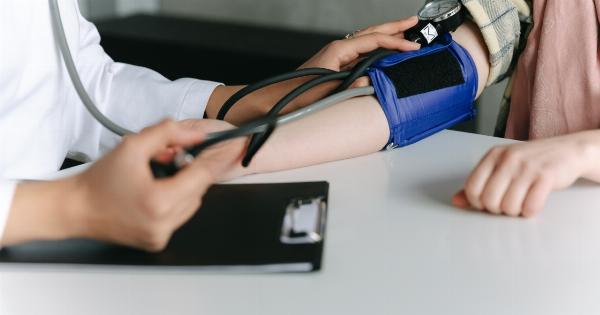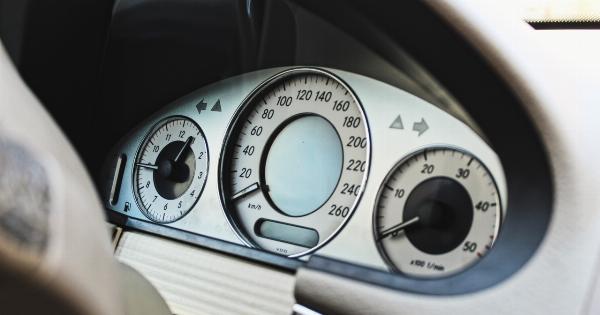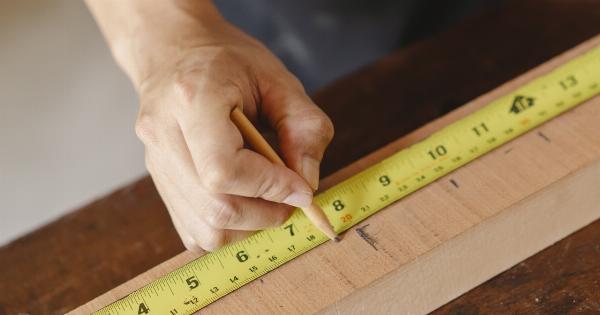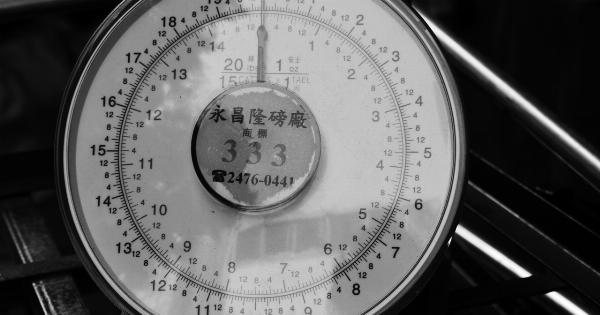Accurate blood pressure measurement is crucial for maintaining good health and diagnosing potential cardiovascular issues.
However, many people unknowingly make common errors during the process, leading to inaccurate readings and potentially misleading results. In this article, we will explore the common mistakes people make when measuring their blood pressure and provide valuable tips for avoiding them.
1. Incorrect Cuff Size
Using the wrong cuff size is one of the most common mistakes when measuring blood pressure. A cuff that is too small can yield higher readings, while a cuff that is too large can result in lower readings.
It is essential to ensure the cuff fits firmly around your upper arm with enough space for two fingers to fit between the cuff and your arm.
2. Inadequate Rest
Before taking a blood pressure measurement, it is necessary to rest for at least five minutes in a quiet and comfortable environment. Physical activity, stress, and even talking can momentarily increase blood pressure levels.
Taking a measurement immediately after such activities can lead to elevated readings, providing an inaccurate picture of your baseline blood pressure.
3. Improper Arm Position
The position of your arm during blood pressure measurement can significantly affect the accuracy of the readings. Your arm should be fully supported at heart level, with your feet flat on the floor and your back straight.
Resting your arm on a table or your lap can lead to false readings due to gravitational influences on blood circulation.
4. Talking or Moving During Measurement
During blood pressure measurement, it is crucial to remain still and avoid talking. Movement or conversation can elevate your blood pressure temporarily, resulting in inaccurate readings.
It is best to sit quietly, relax, and focus on your breathing until the measurement is complete.
5. Using a Defective or Worn-Out Device
A reliable and properly calibrated blood pressure monitor is vital for accurate measurements. Using a worn-out or defective device can lead to inaccurate results.
It is essential to regularly check the calibration of your monitor and ensure the cuff is in good condition. If you suspect your device is faulty, it is advisable to consult a healthcare professional.
6. Taking Measurements Too Frequently
While monitoring your blood pressure is essential, taking measurements too frequently can lead to misleading results. Blood pressure varies throughout the day, and it is normal to have slight fluctuations.
Constantly checking your blood pressure without a valid reason can create unnecessary anxiety and result in inaccurate readings.
7. Not Using the Correct Technique
Proper technique is critical for obtaining accurate blood pressure measurements. The following steps should be followed:.
a. Sit in a quiet and comfortable position.
b. Place the cuff on your upper arm, following the instructions provided with your device.
c. Rest your arm on a flat surface at heart level.
d. Relax and avoid talking or moving.
e. Press the start button on the monitor and allow it to complete the measurement.
8. Ignoring White Coat Syndrome
White coat syndrome refers to elevated blood pressure readings that occur in a healthcare setting due to nervousness or anxiety.
Some individuals experience higher blood pressure levels when visiting a doctor or hospital, even if they have normal blood pressure in their daily lives. If you suspect white coat syndrome, it is essential to monitor your blood pressure regularly outside clinical environments for accurate readings.
9. Consuming Stimulants Before Measurements
Certain substances, such as caffeine or nicotine, can temporarily increase blood pressure levels. It is advisable to avoid consuming stimulants for at least 30 minutes before taking a blood pressure measurement to obtain accurate results.
10. Failing to Rest Before Repeating Measurements
If you need to repeat a blood pressure measurement, it is crucial to rest for a few minutes between readings. Taking consecutive measurements without resting may result in inaccurate readings due to blood flow alterations.


























